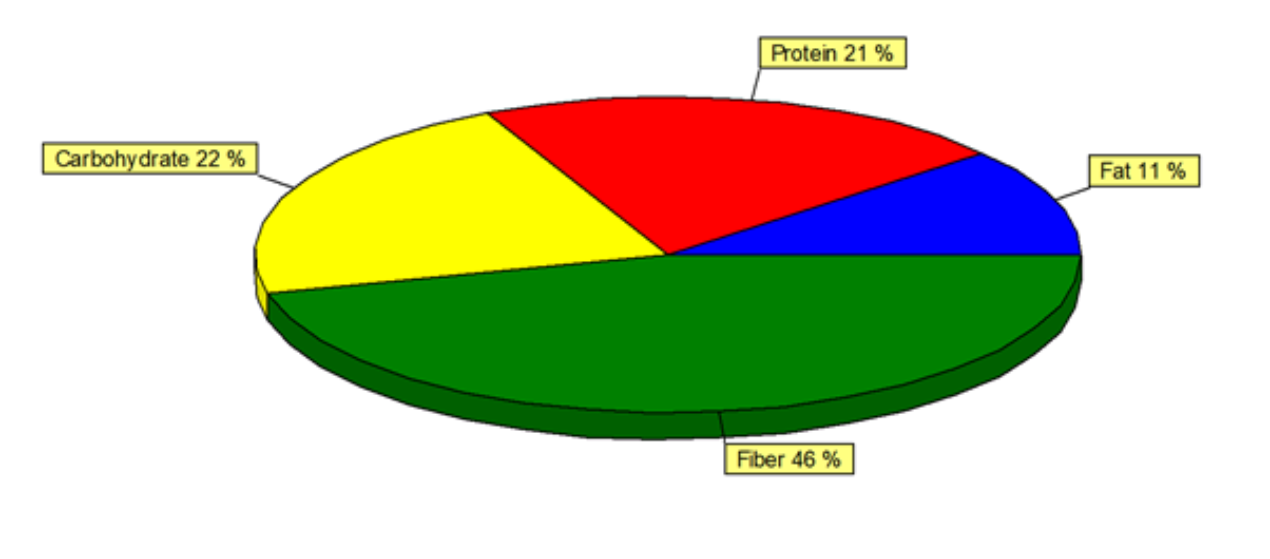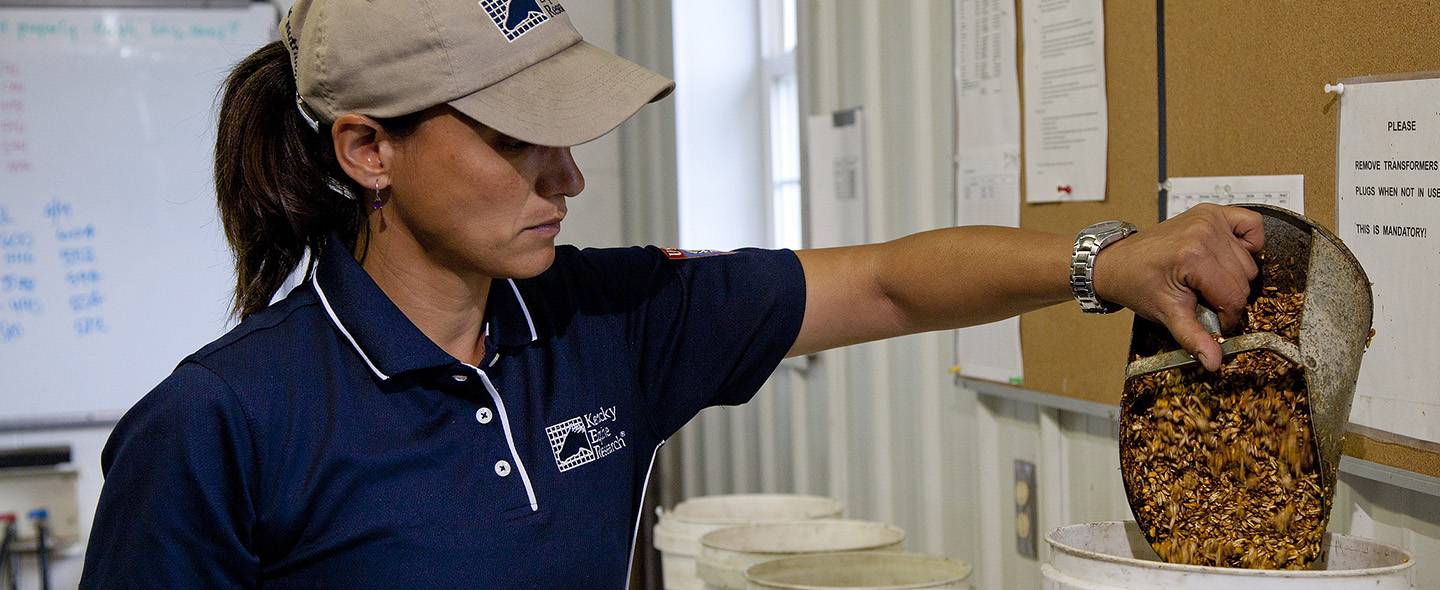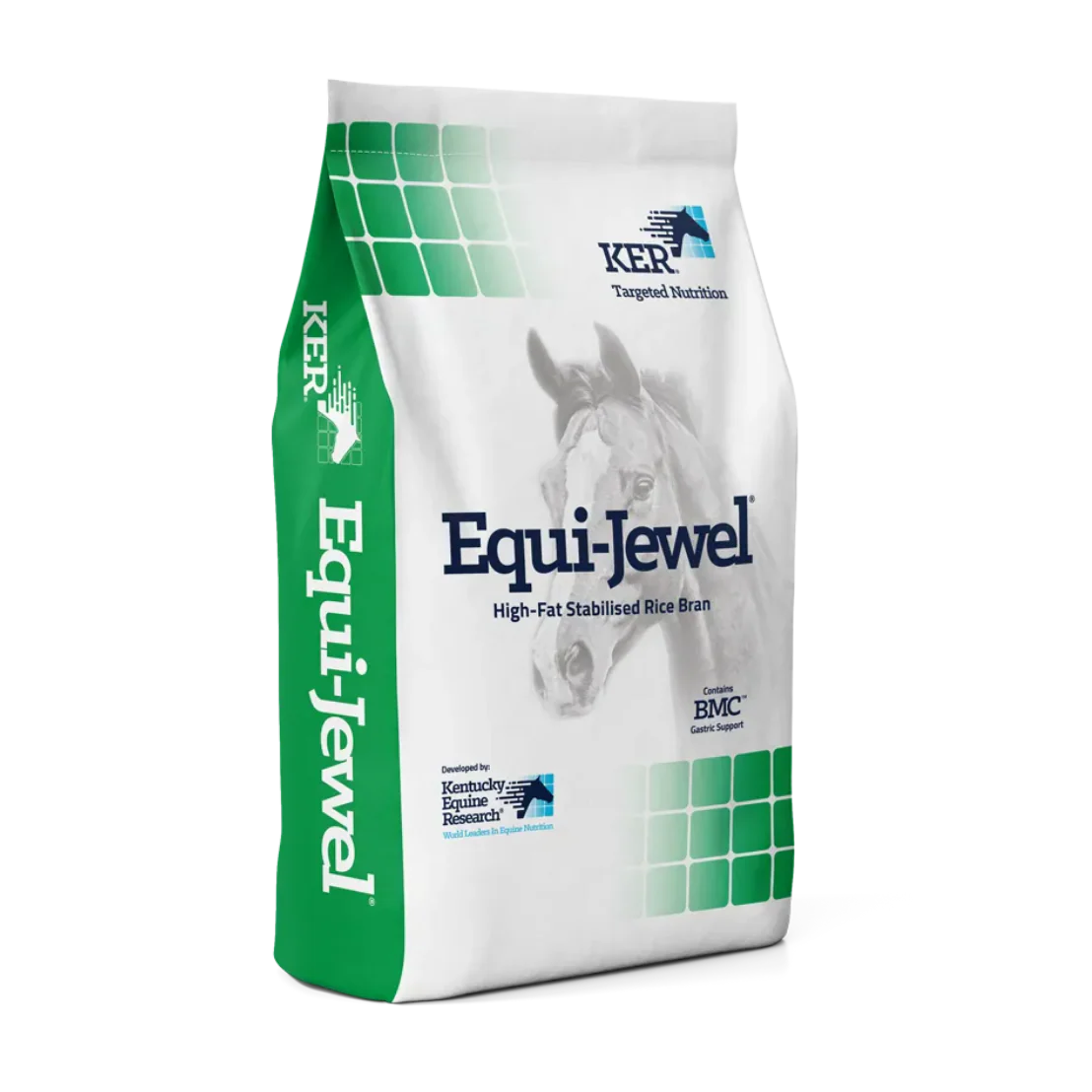MicroSteed™
MicroSteed™ is the equine nutrition calculator and ration evaluator developed by Kentucky Equine Research to assess total dietary intake of nutrients from feed, forages and supplements.

MicroSteed™ uses the exact description of the horse to determine its nutrient requirements, with specially designed graphs and tables to allow for easy visual appreciation of how each ration component contributes to the total feeding programme.
Contribution from each element of the diet can be assessed against nutrient requirement to fit within the optimum range.
Getting the correct balance and optimised intake for the diet is important for both health, development and performance.
introduction
Did you know?
The energy requirements for a horse in training and a lactating broodmare are on the same level?
examples
MicroSteed™ reports for broodmares in late pregnancy and lactation

MicroSteed™ analysis is set against the latest research from Kentucky Equine Research ensuring that nutritional intake is designed to maximise performance and not just meet basic requirements.

In addition to reviewing nutrient intake, MicroSteed™ also evaluates the provision of energy from protein, fat, fibre and carbohydrate.
Understanding the contribution from different nutrients is particularly important when considering management of growth, incidence of tying-up, behavioural issues and if needing to alter the diet to improve condition.
The Thoroughbred Team at Saracen Horse Feeds provides a personalised dietary review for clients throughout the season helping to track changes in dietary practices against the horse’s current needs for each stage of pregnancy or growth, the intensity of training and for individual horses with specific dietary requirements.

Did you know, that the energy requirements for a horse in training and a lactating broodmare are on the same level?
A lactating broodmare has a calorific requirement of 29.6 Mcal or 123.7 MJ per day, a close match to a horse in full training needing an average of 29.2 Mcal or 122 MJ per day.

Whilst the energy requirement is much the same, their requirement for protein is significantly different.
A horse in training needs on average 900g of protein a day, whereas a lactating broodmare needs close to 1500g per day to produce good quality milk and maintain her own condition.
MicroSteed™ assesses the need for each individual nutrient against the specific needs for horses in training, broodmares and youngstock ensuring the correct balance is achieved and the best results obtained.
MicroSteed™ – example reports

MicroSteed™ Report – Sales Prep
This example shows a yearling during sales prep. MicroSteed™ can be adjusted to match the intensity of prep work required for each individual.

MicroSteed™ Report – Horses in Training – Full Work
This example shows a horse in full training. MicroSteed™ can be adjusted for metabolic rate, allowing assessment of individual horses in training with a tendency towards weight loss or weight gain during a season.

MicroSteed™ Report – Yearling
This example shows a yearling during winter months. MicroSteed™ provides easy-to-read reports that clearly identify the needs of yearlings and the contribution pasture makes during this important period of life.





